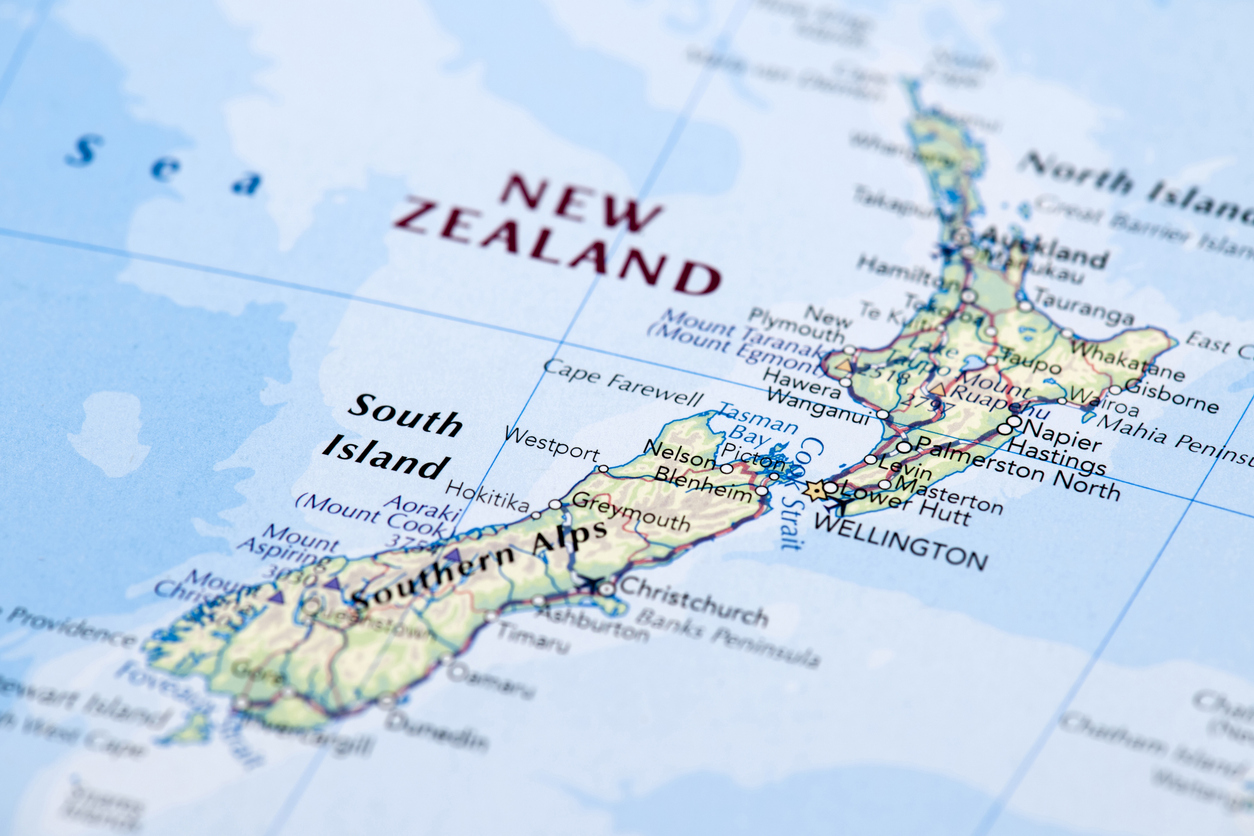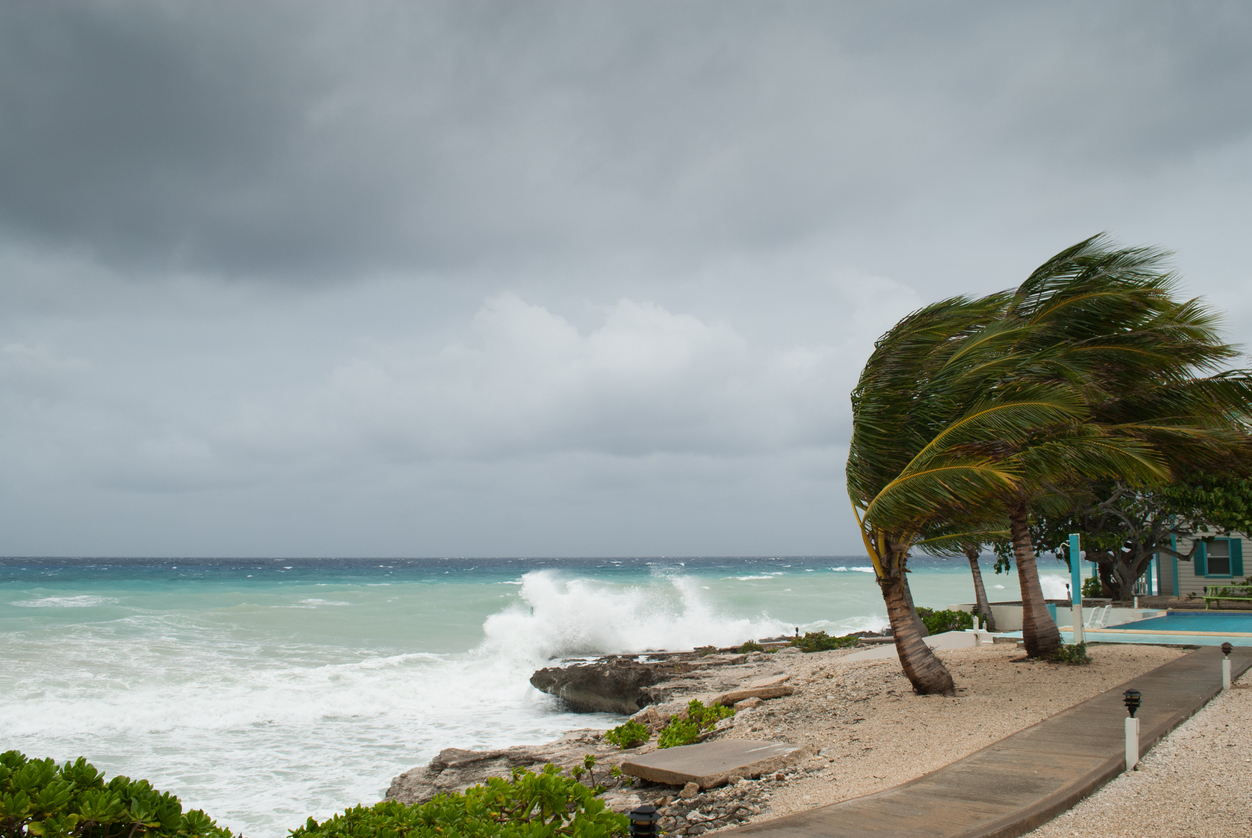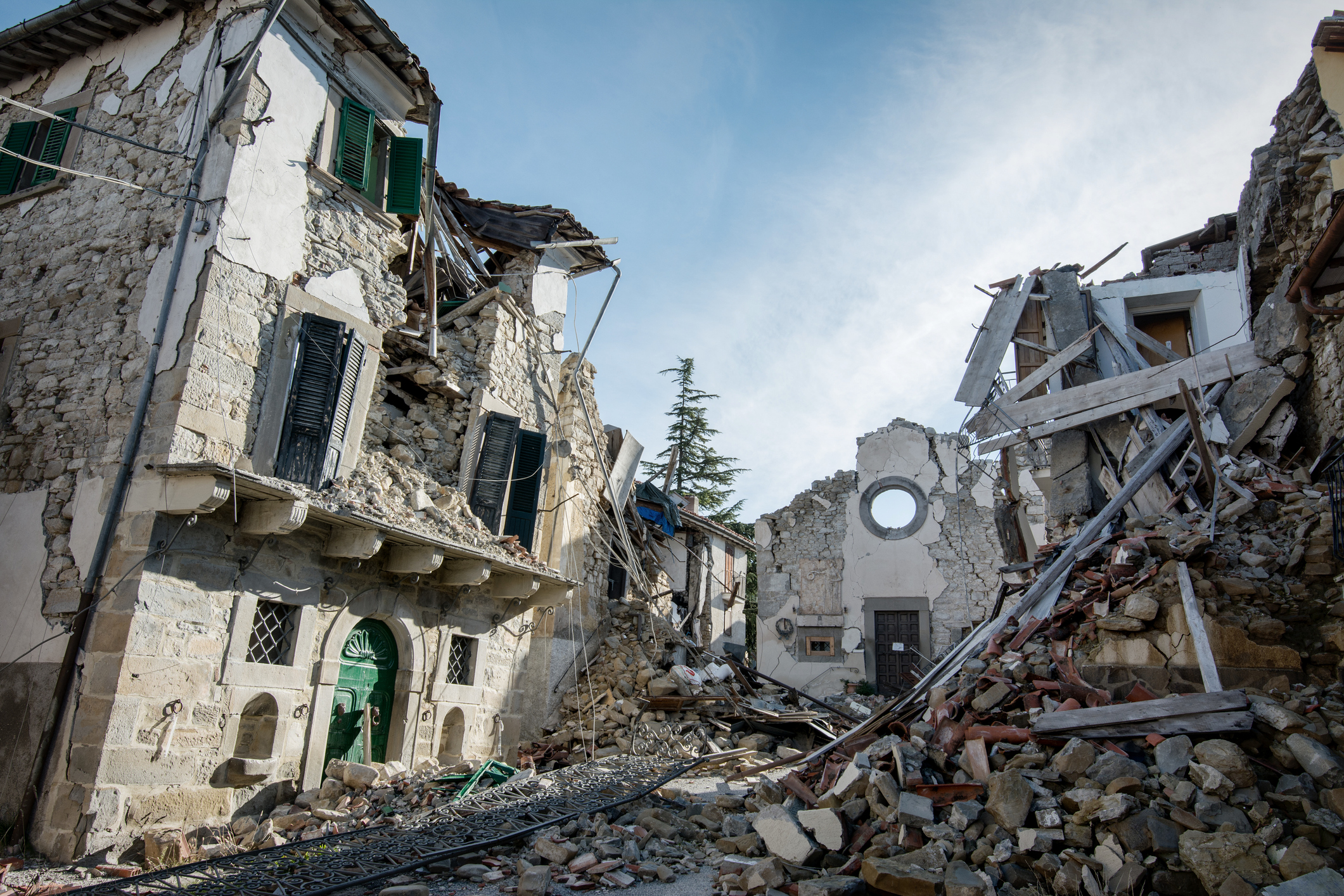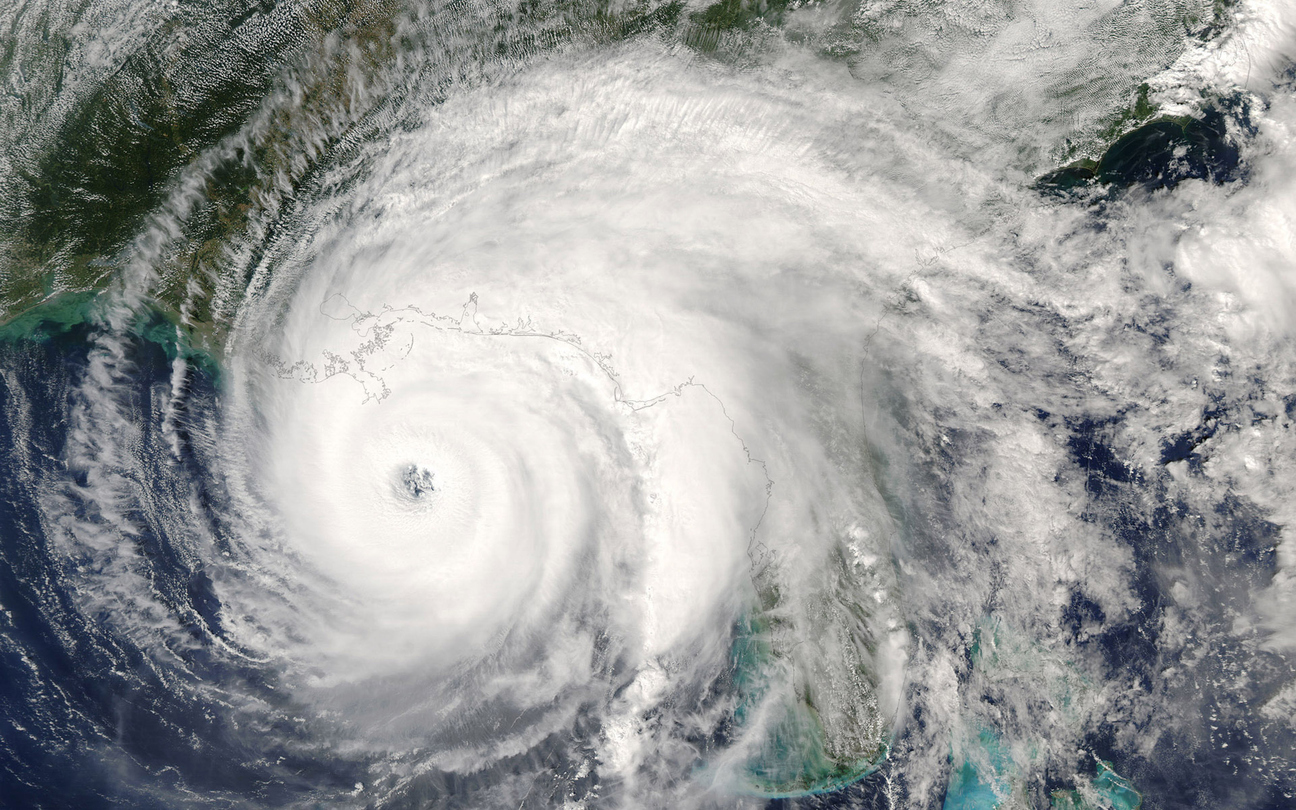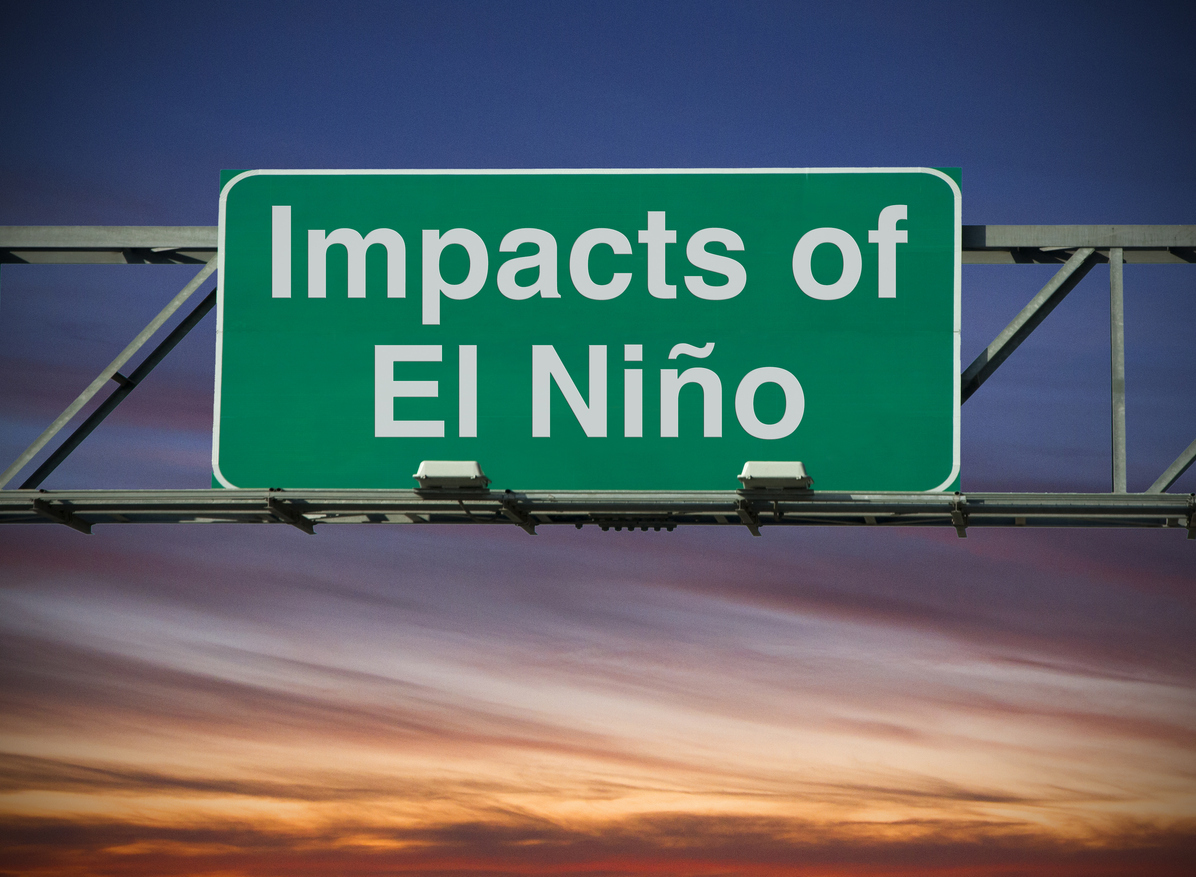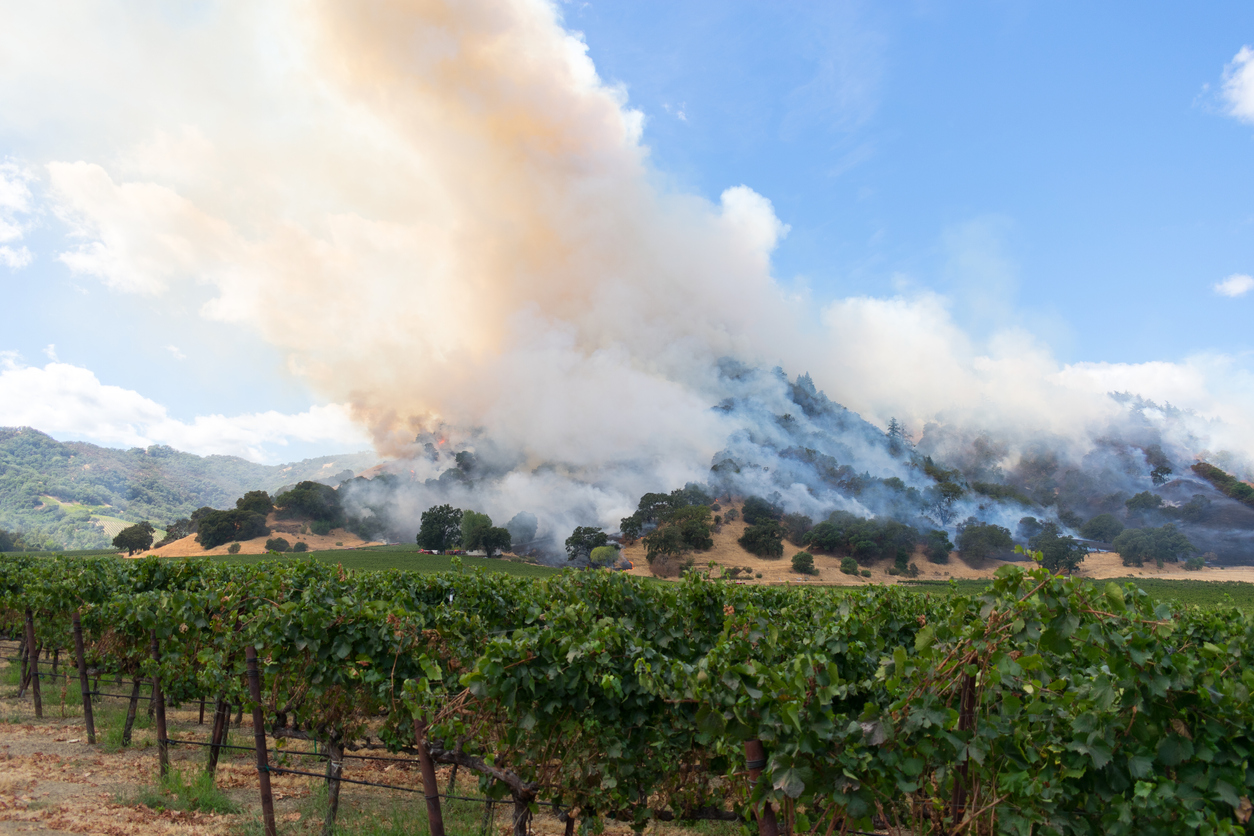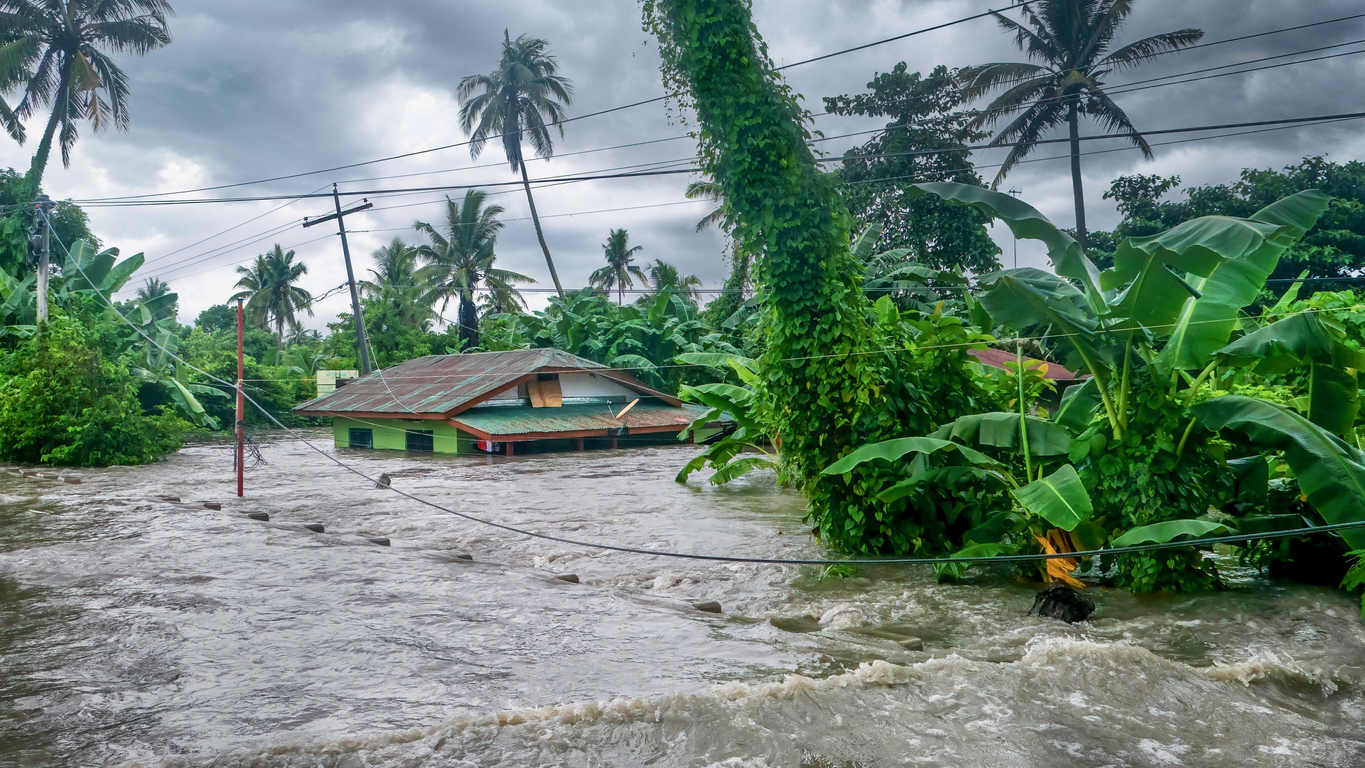Late 2017 has witnessed a flurry of catastrophic weather events that has led to widespread devastation. Hurricane Harvey set the ball rolling, with unprecedented rainfall in the southern United States. Irma then destroyed several Caribbean islands, rendering many uninhabitable, before hitting Florida and causing widespread damage. Maria then followed up, devastating many of the islands that Irma missed and tearing through Puerto Rico in a cruel follow-up that is testing even the most resilient.
And these are just the hurricanes. Let’s not forget the Mexican earthquakes and the South African supercell thunderstorm.
While human life is always the priority, inevitably focus will turn to rebuilding both buildings and lives and the efforts to do so will be immense. Resources will be stretched.
So what is different when dealing with natural catastrophes as opposed to a normal property damage claim? Have we learned the lessons from past experiences? Is current cover adequate? Does the technology available today mean that we are better placed to handle these types of claim than before?
The Complex Nature of Nat-Cats
When we talk about natural catastrophes or “nat-cats”, we typically refer to earthquakes, hurricanes, floods, or tornadoes. They are unpredictable and vary hugely in their impact – but one thing they all have in common is their threat to human life and the damage to personal property and financial loss.
From an insurance claim viewpoint, the approach to dealing with nat-cat losses is different to what one might term a “normal” property damage loss. The most obvious issue is that nat-cats do not discriminate against specific properties or specific insureds. They will often impact more than just the property of a specific insured, and this immediately requires a realignment in approach.
The initial physical damage to an insured’s property may be – on a stand-alone basis – relatively minor when compared to the financial implications that the hurricane may have on the insured’s business. Infrastructure is often damaged, preventing delivery of supplies or the ability of customers to get to an insured. Utilities, suppliers and customers may have been impacted – customers may even have been evacuated. The picture becomes complex.
While it may be relatively straightforward to quantify the losses and indemnify an insured to allow reinstatement of buildings or replace damaged stock, it is more complex for an Insured to reinstate its business, especially when so many variables are outside its control. The nature of a nat-cat will often mean that business recovery efforts are frustrated and delayed through no particular fault of any party.
Speaking with people on the ground following Irma and Maria in locations such as Anguilla and St Martin, hurricane season is a part of life. Normally, some places get hit harder than others. When that happens, resources are deployed from neighbouring islands to help rebuild those worst affected. The problem this year is that so many islands were affected and there are consequently few spare resources.
So not only is there a human resource issue, but also with such widespread damage, there is more demand for raw materials. A lack of power for several months hence is also creating huge problems from a business continuity point of view.
From a business interruption angle, time periods may be prolonged beyond expectation, with even the best business recovery plans struggling in such an environment.
Technology and the “Then” and “Now”
Historically, the answer to nat-cats from an adjusting and financial loss measurement point of view has been to have feet on the ground. While this is still the case, and MDD will maintain a strong presence in the affected areas in the following months, how we deal with losses has changed over the years. As an accountant, dealing with losses arising from the likes of Harvey, Irma and Maria today is completely different to dealing with the likes of Katrina and Rita (2005).
Data today is more user-friendly, better backed up and globally accessible. Paper documentation is increasingly becoming a thing of the past, with scanning and storage facilities becoming faster and cheaper. Invoices can be scanned and linked to ERP systems making the analysis of costs quicker, more cost-effective and, most importantly, more accurate.
Off-site storage means that documentation is available outside the disaster zone. Not only can this mean it can be collated more conveniently, it also means that there is a lower frequency of supporting documentation being destroyed.
Site visits have already shown how technology is assisting carriers in terms of getting an efficient and clear understanding of an insured loss. The use of drones, CAD mapping and many other tools can provide a very clear and real-time overview of a damaged site which can be transmitted in seconds to stakeholders all over the world. This of course helps shorten the timescales in terms of decision making, interim payments and adjustment.
While technology will reduce the risk of data loss, increase the availability of data and improve communication and efficiency, there will always be a need for feet on the ground. Drone footage and emails are an advance on photographs and letters – but even for the forensic accountant, there is no substitute for walking the site, speaking with the Insured and their staff and getting a feel for the loss.
Is Policy Response Adequate?
Wide area damage is a topic that has been widely discussed in recent years, and the policy issues that arise have filled many an hour of seminar content. It remains to be seen how the market will deal with concurrent causes such as prevention of access, loss of critical services (water, gas and electricity), damage to transportation infrastructure, damage to suppliers and customer base, and shortage of repair resources (labour and materials).
In some cases, lessons of the past have been learned and it is refreshing to see amended and new extensions that deal with wide-area damage issues. In many instances, however, this is not the case.
Business recovery plans are critical and will help, but where devastation is widespread they may be little assistance in minimising the financial impact of a nat-cat. It is therefore vital to have the right level of insurance in place as an integral part of any Business recovery plan and understand the limitations of minimal BI cover.
A standard basic BI Insurance policy will cover an Insured for losses arising from interruption to their business as a result of damage to Insured property. This may suffice in respect of a “normal” property loss, such as a fire or machinery breakdown. However, where there is damage to the wider area caused by a nat-cat, this basic cover is often not broad enough.
If an Insured is looking at insuring against the impact of events causing wide-area damage (for example in areas prone to extreme weather events, earthquakes etc) then policy extensions need to be considered to broaden the coverage. These may include Service Interruption (interruption of utility services); Acts of Civil Authority; Ingress/Egress (Denial of Access); Loss of Attraction and Contingent Business Interruption (“CBI”) (i.e. damage to suppliers or customers). These coverage extensions may cost more in premiums, but they can define whether a business survives or not. Each extension may have specified or unspecified sub-limits and separate indemnity periods and waiting periods/deductibles.
Understanding how the various extensions fit together is a key element in fairly measuring a covered loss. That said, even policies with multiple extensions have created debate and a difference of opinion as to how they all fit together, and no doubt the same issues will be raised once again.
There will be tough times ahead, and experience tells us that there will be a variation in the level of cover that has been taken out. The strain on resources will inevitably lead to delays in reinstatement, and for those covered under a gross profit form, it is likely that indemnity periods will be tested.
Conclusion
We are better placed to deal with nat-cat losses than ever before. Technology is of course advancing in a way that will ensure losses are dealt with quickly and as equitably as possible.
There is no substitute for planning though. Business continuity plans are critical and must include ensuring the safety of staff and customers. They should also include the safety of documentation that will be required in estimating any losses incurred.
Despite the above, issues will arise and it is a test of the insurance market as to how we deal with these issues. We have discussed human and material shortages in relation to recent hurricanes and extended periods without power. Where issues such as these threaten reinstatement programs, mitigation discussions with experienced forensic accountants need to be held.
Problems will inevitably arise in regard to standard BI policies with a myriad of extensions and how they fit together when several may be triggered. It may be time to use recent events to consider how specific nat-cat coverage may work to get around the limitations that current well-intentioned policies may have.
Business owners need to consider their insurance requirements carefully, particularly when operating in areas prone to catastrophes. The very survival of a business may depend on the extent to which business owners have considered the likely consequences of a cat event and chosen the appropriate policy and extensions.
By Paul Isaac.
The statements or comments contained within this article are based on the author’s own knowledge and experience and do not necessarily represent those of the firm, other partners, our clients, or other business partners.



